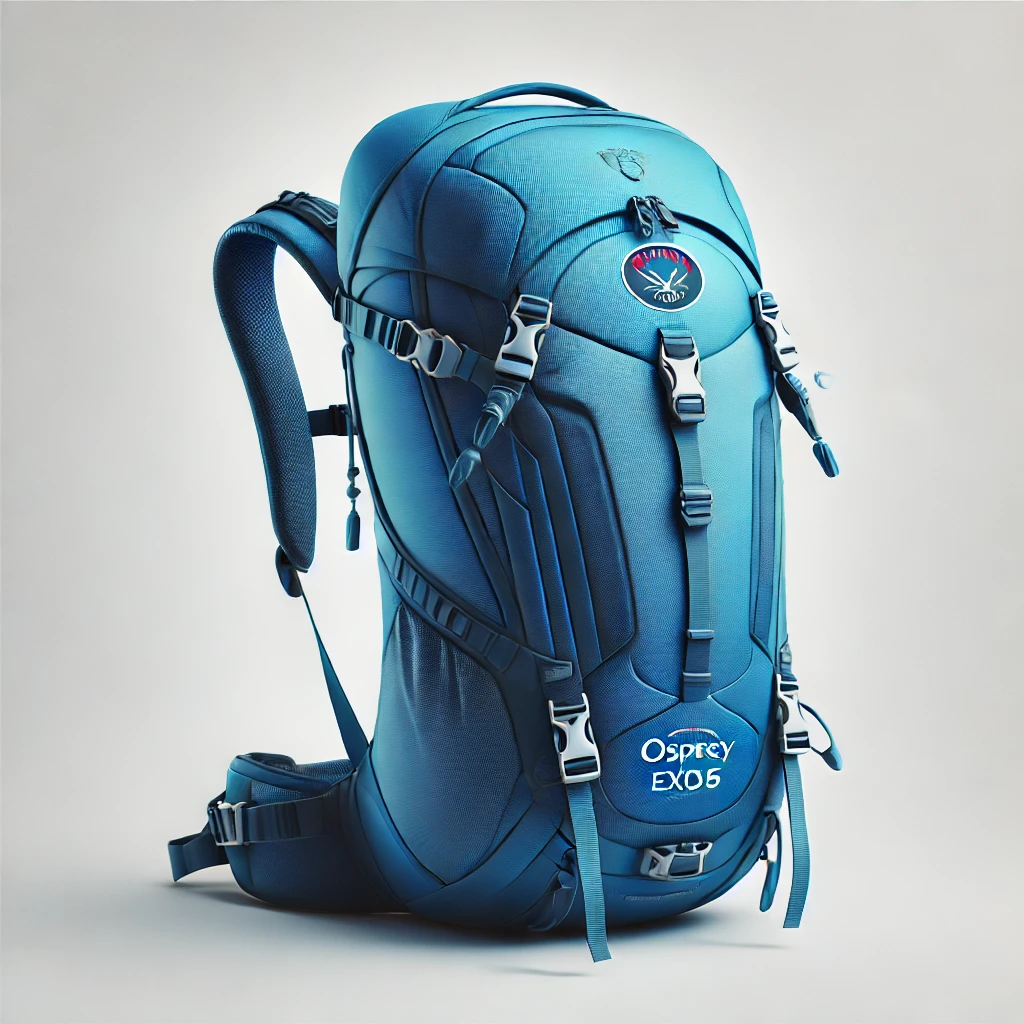What Does ‘What is Backpacking?’ Mean?
What is backpacking? It’s more than just a journey; it’s a fusion of exploration, self-reliance, and immersion in nature. At its core, backpacking involves hiking or travelling long distances with a backpack filled with essential gear. Whether traversing through rugged wilderness or wandering through urban landscapes, backpacking offers an unparalleled way to connect with the world around you.
Expanded Explanation
Diving deeper, backpacking combines hiking, camping, and adventure travel elements. It’s about carrying everything you need and navigating through diverse environments. From short overnight trips to months-long expeditions, backpacking varies widely in scope and purpose. This form of travel emphasizes minimalism, encouraging you to embrace the essentials and leave behind the unnecessary.
Table of Content
Different Types of Backpacking
Backpacking comes in many forms, each with its unique challenges and rewards.
- Traditional backpacking focuses on hiking and camping in remote areas, often involving multiple days on the trail.
- Ultralight backpacking emphasizes reducing weight to the absolute minimum, with every ounce scrutinized for necessity.
- Urban backpacking takes you through cityscapes, blending budget travel with the thrill of exploring new cultures.
No matter the type, each form of backpacking offers a distinctive way to engage with the environment.
The Importance of Backpacking
Why does backpacking matter? What is backpacking if not a gateway to personal growth and environmental stewardship? It’s more than just an activity—it’s a path to learning self-reliance and fostering a deep connection with nature. Backpacking often leads to profound insights about life. For instance, research indicates that spending time in nature can lower stress levels by as much as 16%. Additionally, by practicing Leave No Trace principles, backpackers are vital in safeguarding delicate ecosystems for future generations.
Context and Usage
Backpacking is a versatile term used across various contexts. In outdoor recreation, it refers to hiking and camping in wilderness areas. In a travel context, backpacking often signifies budget travel, where individuals or groups explore new destinations with minimal luggage. This term is also used in discussions about sustainability, as backpacking encourages low-impact travel practices.
What is Backpacking Examples
Example 1: Imagine going on a week-long trek through the Canadian Rockies. With a well-packed backpack and a map, you navigate through alpine meadows, cross icy streams, and camp under the stars. This is traditional backpacking—immersing yourself in nature, relying on your skills, and experiencing the world from a perspective few see.
Example 2: Consider the experience of an urban backpacker in Europe. Armed with only a small pack, they hop from hostel to hostel, exploring vibrant cities daily and connecting with fellow travellers by night. This form of backpacking emphasizes cultural immersion and budget-friendly travel, making it accessible to people from all walks of life.
Understanding What is Backpacking?
There are common misconceptions about backpacking, particularly regarding its accessibility. Some believe it’s only for the ultra-fit or experienced, but backpacking can be adapted to suit different fitness levels and interests. Whether you’re a seasoned adventurer or a beginner, there’s a type of backpacking that’s right for you. Additionally, backpacking doesn’t have to mean roughing it—many modern backpackers use high-quality gear and plan meticulously to ensure comfort. So, what is backpacking? It’s whatever you make it—a customizable adventure that can be match to your needs and preferences capabilities.
Related Glossary Terms
- Hiking: While hiking refers to walking on trails or paths, backpacking usually involves carrying all necessary gear for overnight stays.
- Trekking: Often used interchangeably with backpacking, trekking generally refers to longer, more challenging journeys, often in remote regions.
What is Backpacking Visual and Aids
Osprey Exos 58 Men’s Backpacking Backpack
This lightweight yet durable backpack is ideal for those looking to embrace ultralight backpacking while maintaining comfort and functionality.
The Backpacker’s Field Manual
This comprehensive guide covers all aspects of backpacking, from preparation to survival skills, making it an essential resource for both beginners and seasoned backpackers.
External Resources
Leave No Trace – A trusted guide to outdoor ethics that every backpacker should follow to minimize their impact on nature.
The Trek – A well-regarded website dedicated to long-distance hiking and backpacking, offering insights, gear reviews, and trail updates.
Related Articles
Nemo Hornet Tent Review: Lightweight Backpacking Bliss – This article provides an in-depth review of the Nemo Hornet Tent, highlighting its lightweight design, spacious interior, and durability. These features make it ideal for backpackers and outdoor enthusiasts looking for reliable shelter on their adventures.
Backpacking – This glossary term post offers a comprehensive overview of “backpacking,” exploring its meaning, different types, and significance in outdoor adventures. It covers essential aspects of backpacking, from gear selection to various backpacking styles. It is a valuable resource for beginners and experienced adventurers seeking to deepen their understanding of this popular outdoor activity.


